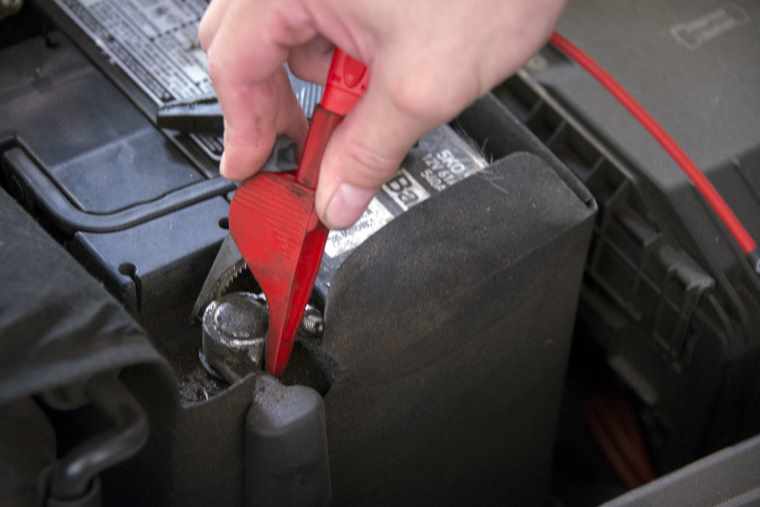Start-stop technology and how it works
Kwik Fit | Thursday 17th July 2014 9:00am

If you’ve ever had to drive into a large town or city to get to work then chances are you’ve sat in a traffic jam or two over the years. But while you may be sat motionless, bumper to bumper with all the other drivers in the jam, your engine is still running, consuming petrol and idling away.
So why exactly does your engine need to continue running when the car has come to a complete halt? For a long time the answer has simply been because it is inconvenient and disruptive to turn this off as all your ancillary systems including your lights, air conditioning, radio and heater to name but a few, all require the engine to be switched on to continue to operate.
However, car manufacturers have come up with a smart way to resolve this issue and are using start-stop technology in many new car models. Start-stop systems (also known as idle-stop & go) automatically turn the engine off when it senses the vehicle is coming to a stop and then automatically restarts it again when you apply the accelerator. As a result, official figures show that overall fuel consumption is reduced by up to 8% if regularly driving in built up areas.
Start-stop technology is by no means new. Volkswagen introduced its first car featuring start-stop technology back in 1991. But with modern car buyers looking for ways to reduce their carbon footprint, the technology has become much more popular in recent years with most manufacturers introducing models featuring the technology.
But if start-stop systems turn the engine off, how is it that your ancillary systems continue to operate? The answer lies in the battery that powers the start-stop system. Unlike a regular battery, a start-stop battery is not simply a starter battery that is designed to supply a large current to turn the starter motor, but also a ‘cyclic’ battery with the ability to be discharged and recharged many times. A task that is not normally required for automotive use. Many cars also have brake regeneration, so any energy created when the brakes are applied is also stored in the battery for later use. Most vehicles need to come to a complete stop for this system to work, but others disconnect the power to the engine every time the brakes are applied and uses the stored power to maintain the lights and other systems. As soon as you apply the accelerator, the battery restarts the petrol engine.
Applications with this technology require a battery that is compatible and able to cover these robust functions. If a standard battery is fitted it will fail prematurely, these batteries should still be checked regularly to ensure that they are in good working order. At Kwik Fit our fully-trained technicians can carry out a free and thorough check of your start-stop battery using the latest testing equipment. Find your nearest Kwik-Fit centre and get your start-stop battery checked today.
Any facts, figures and prices shown in our blog articles are correct at time of publication.
Featured Articles
Is it Illegal to Drive With One Headlight?
Saturday 19th July 2025
Wondering if it’s illegal to drive with one headlight? Learn about the safety risks and penalties of illegal blown bulbs and why you should fix them promptly.
Air Con in EVs & Hybrids: Experts Answer Your Questions
Monday 30th June 2025
Does air con drain EV batteries? Can you use the air con while charging an electric car? Find out the answers to these questions & more from Kwik Fit’s experts.
Why Is Your Car Making a Noise? Fixes & Tips
Friday 13th June 2025
When your car starts making unexpected noises, it can certainly be quite disconcerting; it may be nothing to worry about, but here’s what you need to know.









